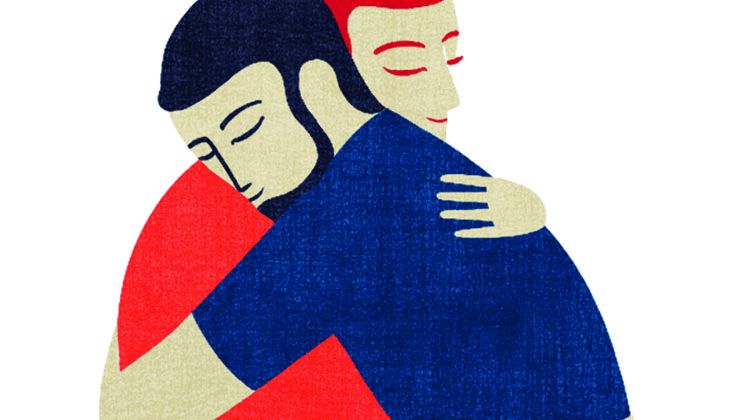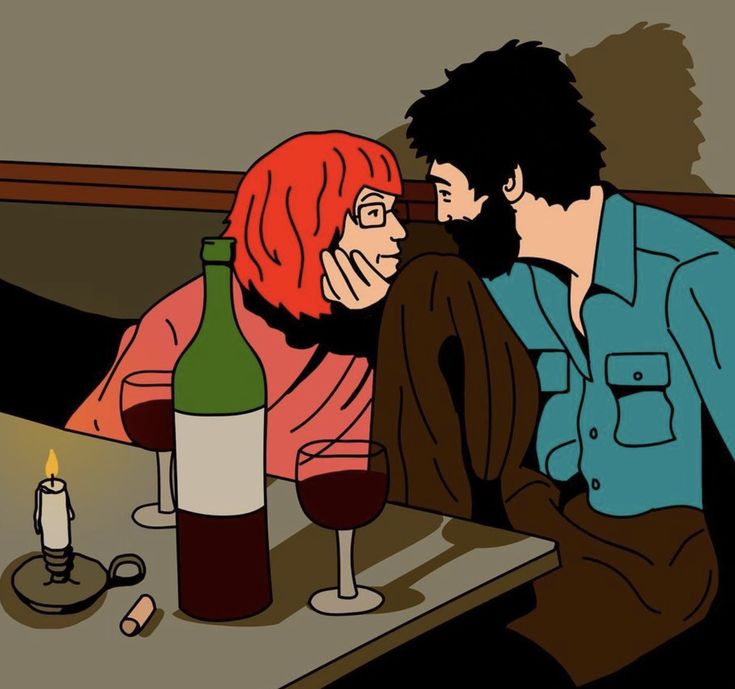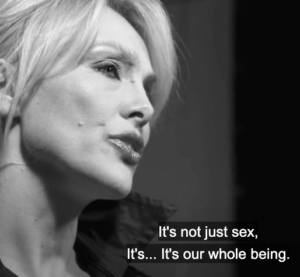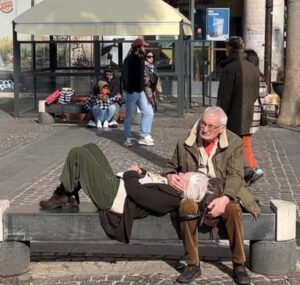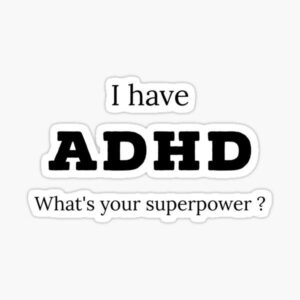Codependent relations can feel like a full-time job you never signed up for. It’s exhausting, confusing, and often mistaken for love. In this article, I explore the invisible patterns that keep us stuck in roles of saviour, sufferer, or self-forgetting caretaker. Through real-life examples, we’ll look at how to break free from the cycle, face guilt and resistance, and start living a life that actually belongs to us.
Real People. Real Patterns.
Anna says: “In my family, divorce wasn’t an option. My mother still drags my drunk father home every week. That’s love.”
Paul says: “I check my phone 20 times an hour. What if she calls and needs help, and I miss it?”
Alice says: “What do you mean, when did I last take care of myself? I’m fine. He’s the one with the problem.”
If any of this sounds familiar — welcome. These aren’t rare stories. They’re lived realities for people trapped in codependent patterns, often without even realising it.
What Is Codependency, Really?
At its core, codependency is the habit of placing someone else’s needs, problems, or emotions above your own — chronically. It’s not about caring; it’s about disappearing.
Often born in families where emotional chaos, addiction, or instability was the norm, codependency teaches us to:
- Earn love through sacrifice.
- Stay silent to keep the peace.
- Confuse suffering with loyalty.
It’s driven by guilt, fear, anger, and the quiet hope that if we just try harder, love will feel safe one day.
The Karpman Drama Triangle: Where We Get Stuck
In codependent dynamics, we often unknowingly rotate through the roles of the Rescuer, the Victim, and the Persecutor — a cycle described in the Karpman Drama Triangle.
- As the Rescuer, we try to fix or save.
- As the Victim, we feel helpless and exhausted.
- As the Persecutor, we lash out, blaming others for how drained we feel.
This triangle creates the illusion of movement — but we never actually get anywhere. It keeps us in survival mode, not growth.
Why It’s So Hard to Let Go
There’s resistance, always. Resistance to change. Resistance to being seen as selfish. Resistance to the question: “If I’m not needed — who am I?”
Letting go of codependency can feel terrifying, because it means:
- We stop managing other people’s lives.
- We sit with our own feelings.
- We say “no” — and deal with the guilt.
And yet, until we do, we live half-lives — constantly managing crises that aren’t ours to fix.
From Fear to Boundaries: What Healing Looks Like
Healing from codependency doesn’t mean abandoning people. It means finally including ourselves.
Here’s what that can look like:
- Learning to feel and name your emotions — including anger, shame, and grief.
- Building boundaries that stick, even when it’s uncomfortable.
- Giving back responsibility to those who need to carry it — and trusting they can.
- Honoring your own needs without apology.
These aren’t quick fixes. They’re deep, quiet revolutions.
A New Way to Love
At some point, codependent love becomes control wrapped in fear. It says: “I can’t trust you to handle life. So I’ll live it for you.”
Healthy love says: “I trust you to grow. And I trust myself to step back.”
Real healing happens when we stop confusing care with over-functioning — and start recognising our own worth, even when we’re not saving someone else.
If your life feels like an endless rescue mission, it’s okay to stop running.
You don’t need a crisis to prove you’re worthy. You don’t need to hold everyone else together to deserve rest.
If something in this feels familiar — a tension, a longing, or maybe just relief that someone put it into words — I’m here.
Healing doesn’t mean doing it all alone. It means finally coming home to yourself.
Yours, Ksenia Trefilova
